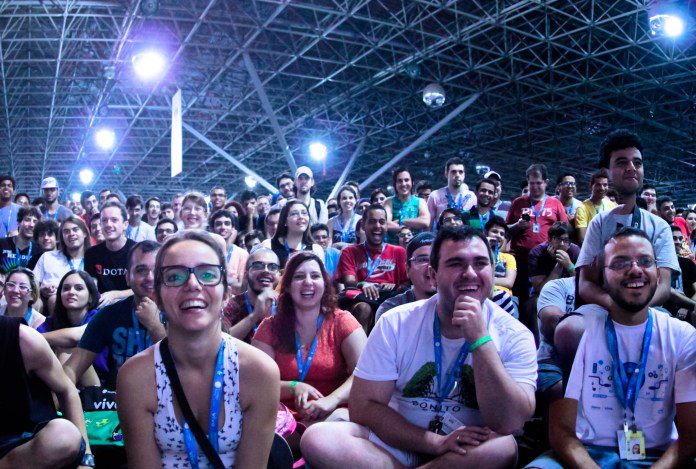Campus Party is a global celebration of innovation, creativity, science, entrepreneurship, arts, and entertainment that brings together thousands of talents in search of new solutions through cross-community collaboration. Participants, dubbed “Campuseros,” sleep in tents while participating in a 24-hour technology festival. The Singapore version will take place from the 6th to the 8th of July 2018 at Singapore EXPO Hall 7. Singapore is the first ASEAN nation to host a Campus Party. More than 6,000 people will attend the event, which will feature 120 speakers and global Campuseros, 80 communities from a variety of disciplines, and more than 300 hours of cutting-edge programming. The first edition includes an interesting mix of cross-disciplinary content: AI + art, cosplay + robotics, drones + AR, science + entertainment.
Bringing Changemakers and Innovators Together
Campus Party began in 1997 as a gaming and demo scene event in Málaga, Spain, and has since grown to become the world’s largest technological experience, with 65 editions across five continents – South America, North America, Europe, Oceania, and now Asia. Campuses is a one-of-a-kind learning trip that connects diverse communities within our local community with a worldwide community movement that brings together thousands of talents from various areas to challenge conventional thinking. Everyone can be an innovator, creator, or change-maker, and ideas can be further developed and evaluated by exposing Campuseros to thought-provoking discourse with worldwide Campuseros.
Campuseros have access to three distinct zones:
Campus Party Arena is an open innovation space created to inspire, motivate, challenge, and learn through speeches, seminars, and non-stop challenges 24 hours a day, seven days a week.
Campus Party Village is a one-of-a-kind campsite for resting, recharging, and forging new friendships, all of which are important in fostering collaboration.
Campus Party Experience, where attendees may see and touch the future through inspirational performances, innovative showcases, and organically-presented displays and exhibitions. This area will pique the interest of the curious, co-create possibilities, and encourage individuals to participate in new projects.









